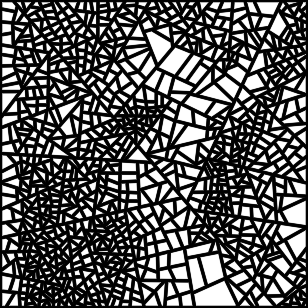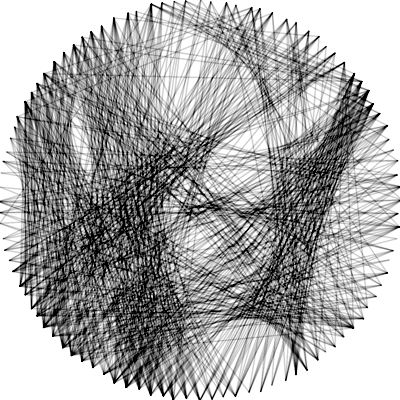Dithering takes an image and tries to represent it with a series of uniformly sized elements: pixels for digital images, or dots of ink for a pen plotter. I’ll assume that the background is white, and ink is black. To get an approximation of continuous gray levels, only some of the possible points will be […]
Dithering on Grids









